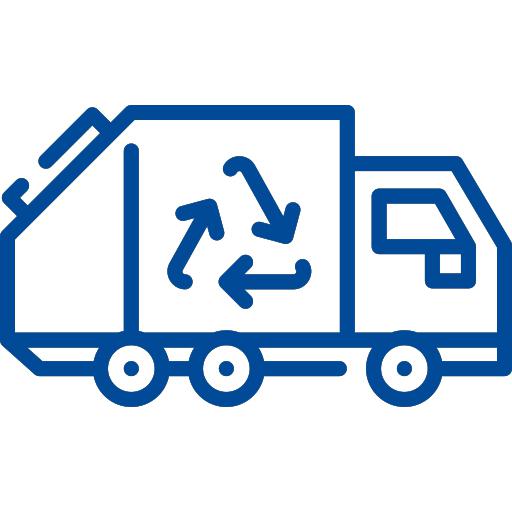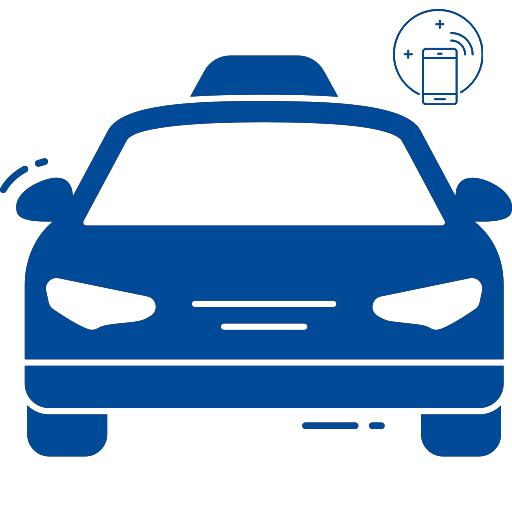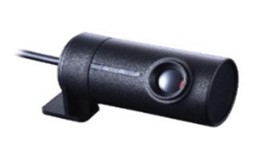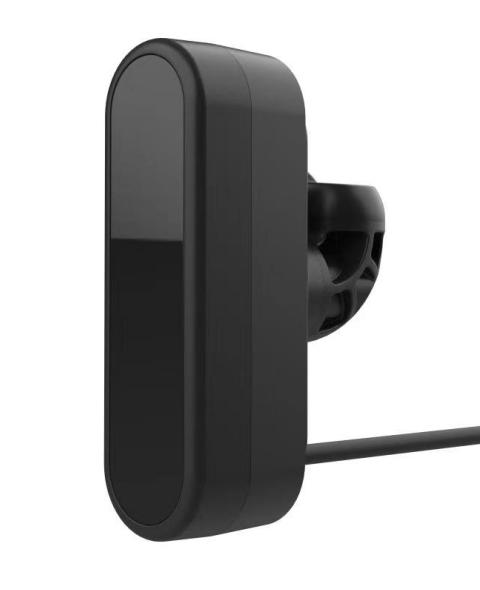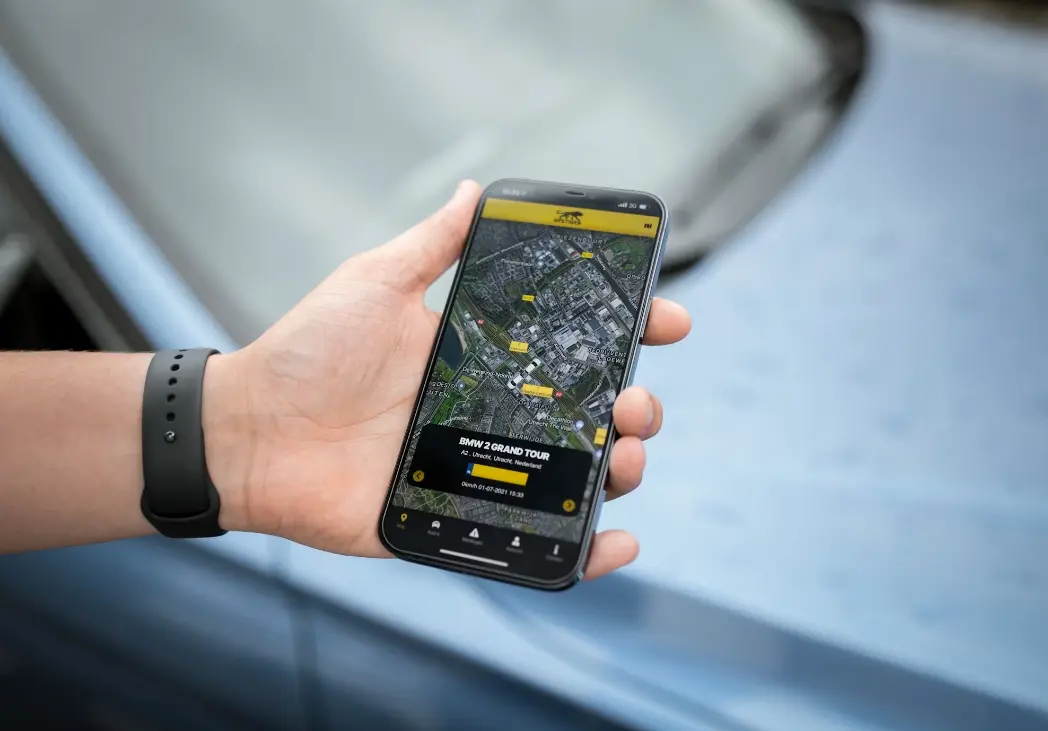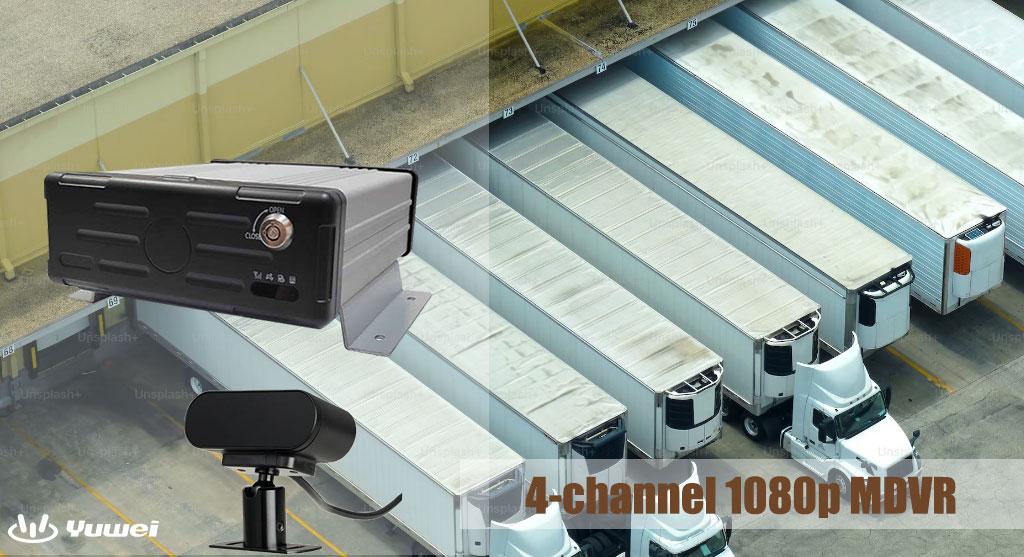What is the Bus Video Surveillance System?
Bus Video Surveillance System
Bus video surveillance system is a solution designed for the monitoring, dispatching, and security needs of bus operations. It provides 1080p video surveillance both inside and outside the bus, along with GPS positioning functionality. This system enables monitoring of passenger and staff activities inside the bus, recording of external driving processes, and surveillance and evidence collection for various incidents such as fare evasion, theft of ticket funds, disputes between staff/passengers, theft, terrorist incidents, and traffic accidents such as scratches and collisions, facilitating post-incident accountability. With the bus-mounted video surveillance system, dispatchers can real-time monitor bus operations and vehicle locations, allowing for rational scheduling and deployment of operation plans. Supervisors can monitor driver behavior to ensure compliance with regulations and promote civilized driving.
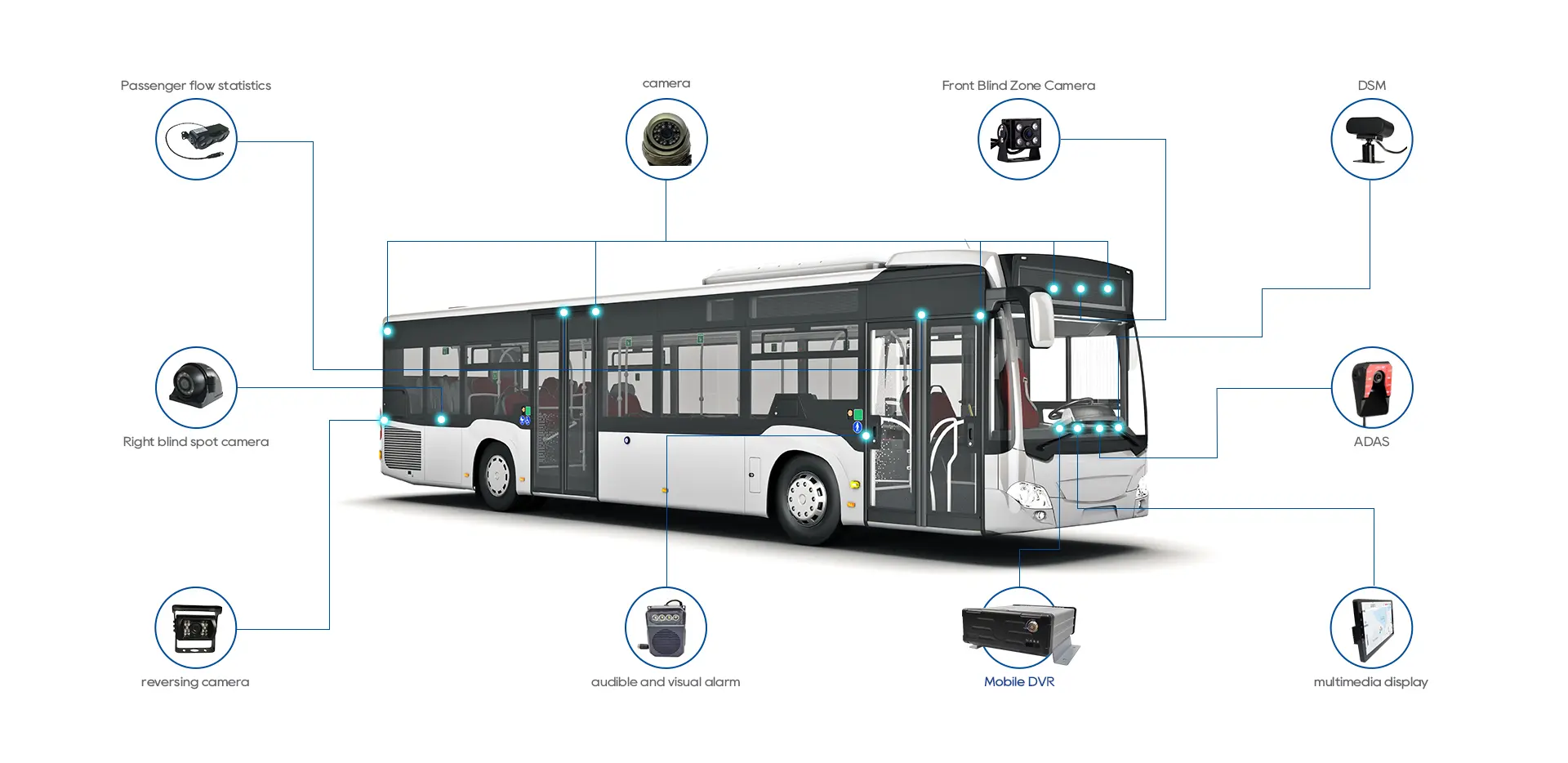
Challenges in Bus Management:
Traditional bus industry lacks video surveillance systems, failing to effectively address security monitoring within buses, surveillance of fare evasion, and theft of ticket funds by staff/passengers. Moreover, in the event of traffic accidents such as scratches or collisions during operation, it becomes difficult to determine the responsibility post-incident. Central supervisors also cannot real-time monitor the operation of onboard terminal subsystems (such as positioning, driver status, etc.).
YUWEI Bus Solution:
The bus-mounted video surveillance system is based on the iVMS mobile video surveillance management platform, accessed via 3G/4G/WIFI networks connected to the onboard terminal, enabling real-time monitoring, video playback, GPS/BDS/GIS map positioning, trajectory playback, device status query, emergency alarms, etc.
The onboard terminal includes a Mobile Digital Video Recorder (MDVR), onboard cameras, onboard displays, one-click emergency buttons with reverse cameras, two-way intercom boxes, dedicated onboard fireproof storage boxes, and supporting cables and wires. The MDVR is equipped with a wireless network communication module, GPS, and BDS positioning module.
Advantages of the Solution:
1. Fanless, fully enclosed design:
The MDVR adopts a fanless, fully sealed integrated design, effectively preventing dust, moisture, and debris from entering the device, adapting to the complex environment inside the bus.
2. Special aviation head interface:
The MDVR's power interface, audio and video interfaces, communication interfaces, etc., are all designed with special aviation heads, integrating power lines, ground lines, signal lines, etc., ensuring reliable connection and avoiding the impact of vibration during bus operation on the continuity of electrical contacts.
3. Independent onboard power module:
The MDVR's built-in power module complies with the ISO7637-2 (JAE1455) international standard, suitable for different vehicle models with 12V and 24V, supporting wide voltage input of 8V to 36V, stable output of 12V and 5V, with each power module equipped with fast self-recovery electronic short-circuit protection to effectively prevent overcurrent impact.
4. Multi-mode recording:
The MDVR can accommodate two hard drives and can store recorded data in normal, redundant, or mirrored recording modes, protecting the working life of mechanical hard drives and ensuring recording integrity.
5. Built-in super capacitor module:
The MDVR has a built-in super capacitor module that provides short-term power supply. In the event of a vehicle accident or severe collision causing the power supply from the battery to be disconnected, it provides short-term power supply to ensure that critical recording data in memory can be written intact to the hard drive; in case of abnormal power-off, it ensures that the hard drive operates according to the normal shutdown process.
6. Replaceable communication module:
The new MDVR adopts a plug-and-play communication module design, different from the previous communication module directly soldered and attached to the motherboard, allowing for convenient replacement of communication modules of different network standards without opening the chassis, facilitating future network standard upgrades without the need for return to the factory.
7. Alarm recording backup:
When the driver triggers the emergency alarm button, the alarm signal is transmitted to the MDVR mainframe, which then stores the video recording data from a period of time before and after the alarm trigger moment to the built-in SD card or external fireproof storage box, realizing backup functionality for critical recording data, especially in the event of a vehicle fire, better protecting the on-site emergency recording data.


















